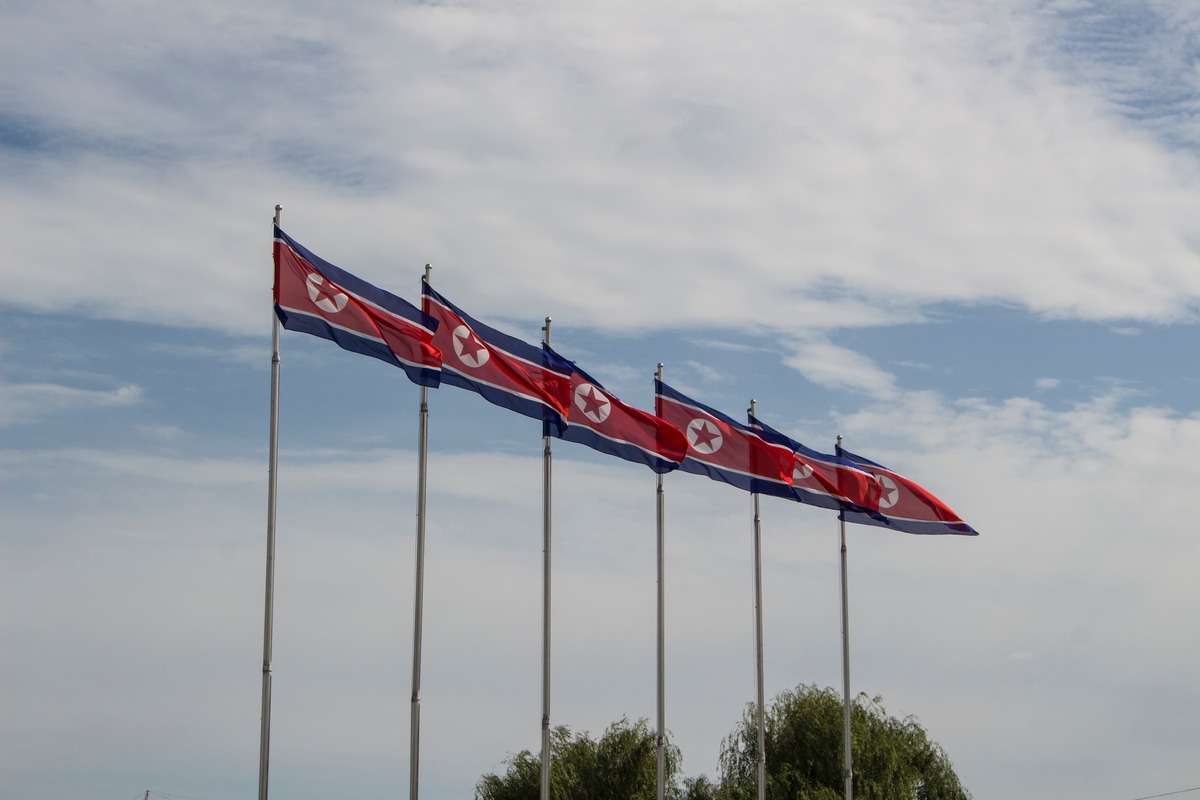Key Takeaways:
- North Korea test launched second ICBM in two days.
- Concerns rise about Pyongyang's intentions towards the US and allies Japan and South Korea.
- The allies condemn Kim Jong-un's behavior, as it "destabilizes" the region.
YEREVAN (CoinChapter.com) – North Korea test-launched an intercontinental ballistic missile (ICBM) on Friday, which landed 200 km (124 miles) outside of the Japanese island Oshima-Oshima, within the country’s exclusive economic zone, drawing criticism and international condemnation.
Notably, the latest launch constituted the second missile test by the Kim Jong Un regime in two days. The ICBM was fired around 10:15 a.m. local time from the Sunan area of the North Korean capital Pyongyang and flew about 1,000 kilometers (621 miles) east.

Japan Responds to Pyongyang Aggression
Official Tokyo response came immediately, as Prime Minister Fumio Kishida addressed the reporters in Thailand, where he is attending the Asia-Pacific Economic Cooperation (APEC) summit meeting.
We naturally lodged a strong protest against North Korea, which has repeated its provocations with unprecedented frequency. We have told (Pyongyang) that we absolutely cannot tolerate such actions.
Kishida, told reporters.
He added that Japan, the US, and South Korea must “coordinate closely” to work toward the complete denuclearisation of North Korea.
While North Korea has not issued any official warnings to neighboring countries, the missile tests fueled fears in the US.
Also read: Taiwan Prepares For War In Response To Escalation From China – Report.
Should the US be Concerned?
In detail, North Korea has made significant progress in developing two intercontinental missiles, the Hwasong-14 and Hwasong-15. Their test launches in 2017 proved they could reach parts of the US mainland.
Tokyo’s defense minister, Yasukazu Hamada, reiterated the concerns.
Based on calculations taking the trajectory into account, the ballistic missile this time around could have had a range capability of 15,000 km, depending on the weight of its warhead. If that’s the case, it means the US mainland was within its range.
said the official.
North Korea won’t tolerate US military presence in the region
The ‘demonstration of strength’ on Nov 17 followed the US bolstering its security commitment to allies South Korea and Japan.
Thus, the ICBM came with a ‘fiercer’ military response warning directed at the US security presence in the region. Moreover, North Korea’s ‘Supreme Leader’ Kim Jong-un called the US advances a “gamble it will regret.”
Meanwhile, US Vice President Kamala Harris called North Korea’s conduct a ‘brazen violation’ of multiple UN Security resolutions.
I have asked this group of allies and partners to come together to join us in condemning North Korea’s long-range ballistic missile launch. […] It destabilizes security in the region and unnecessarily raises tensions. I’ve also asked them to join in so that we, as allies and partners, can consult on the next steps.
said Harris.
South Korean President Yoon Suk Yeol also responded to Pyongyang, asserting that the country is ready to defend itself.
The government will not tolerate North Korea’s provocations. The government has an overwhelming response capability and willingness to immediately react to any North Korean provocations. So North Korea should not misjudge this.
replied Yoon Suk Yeol.


